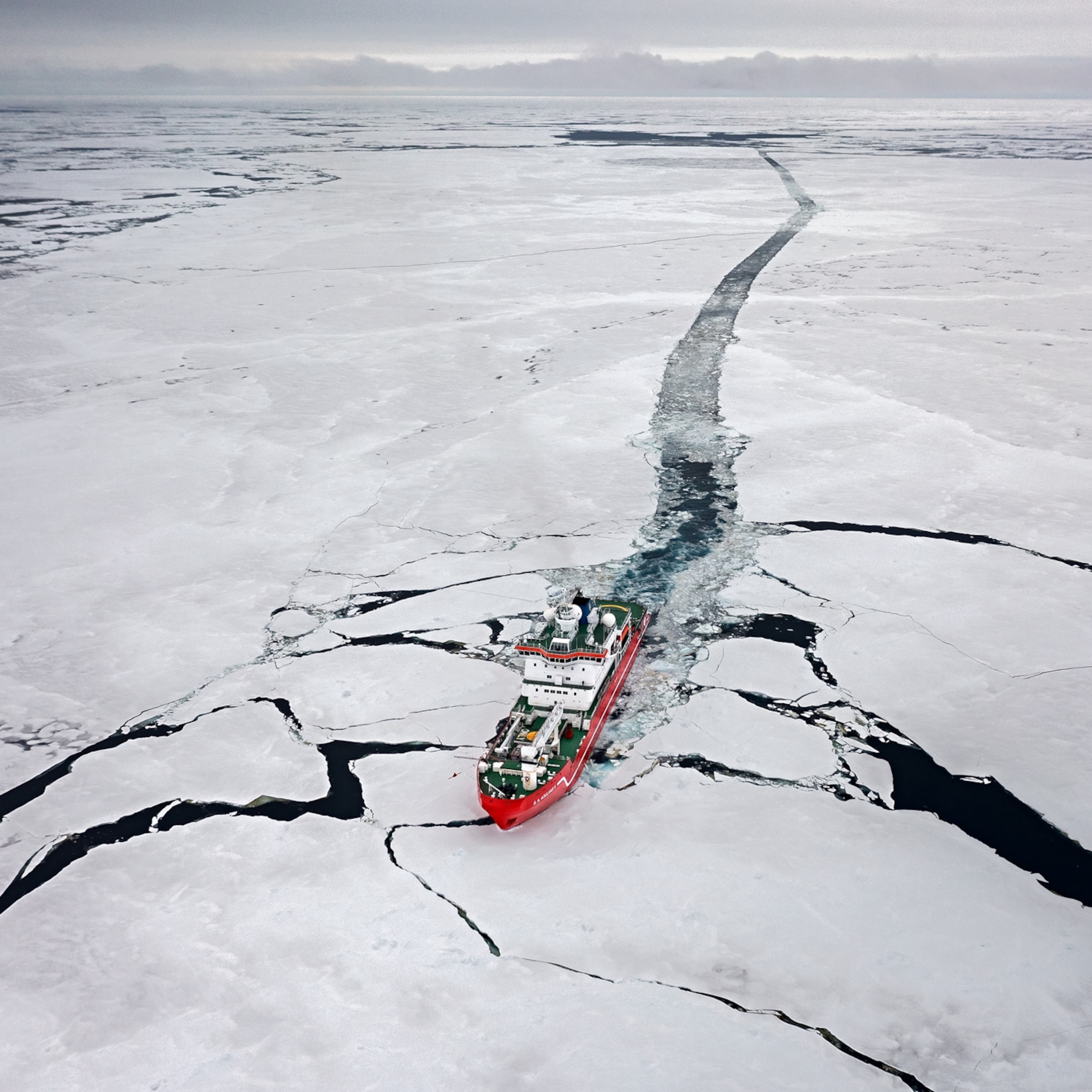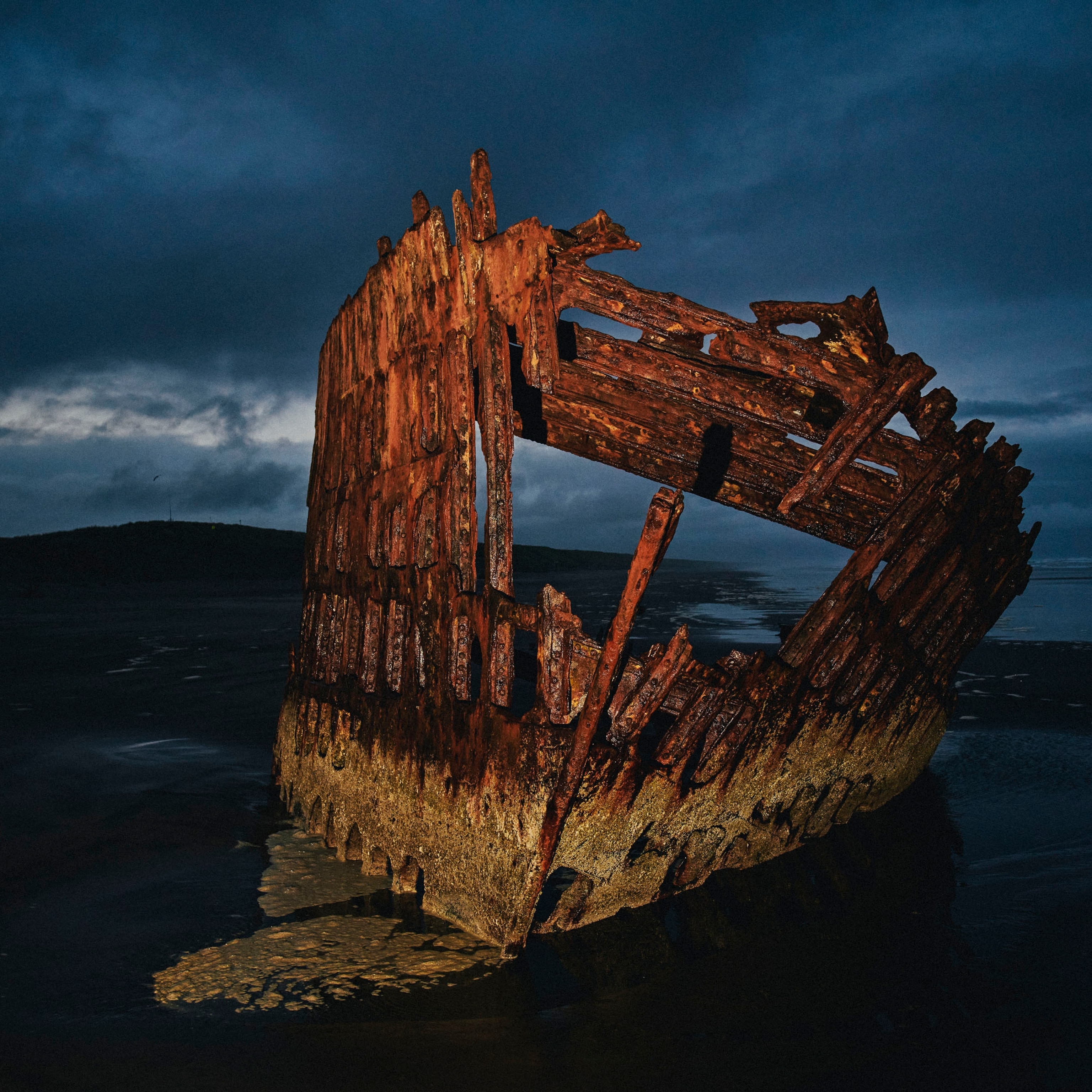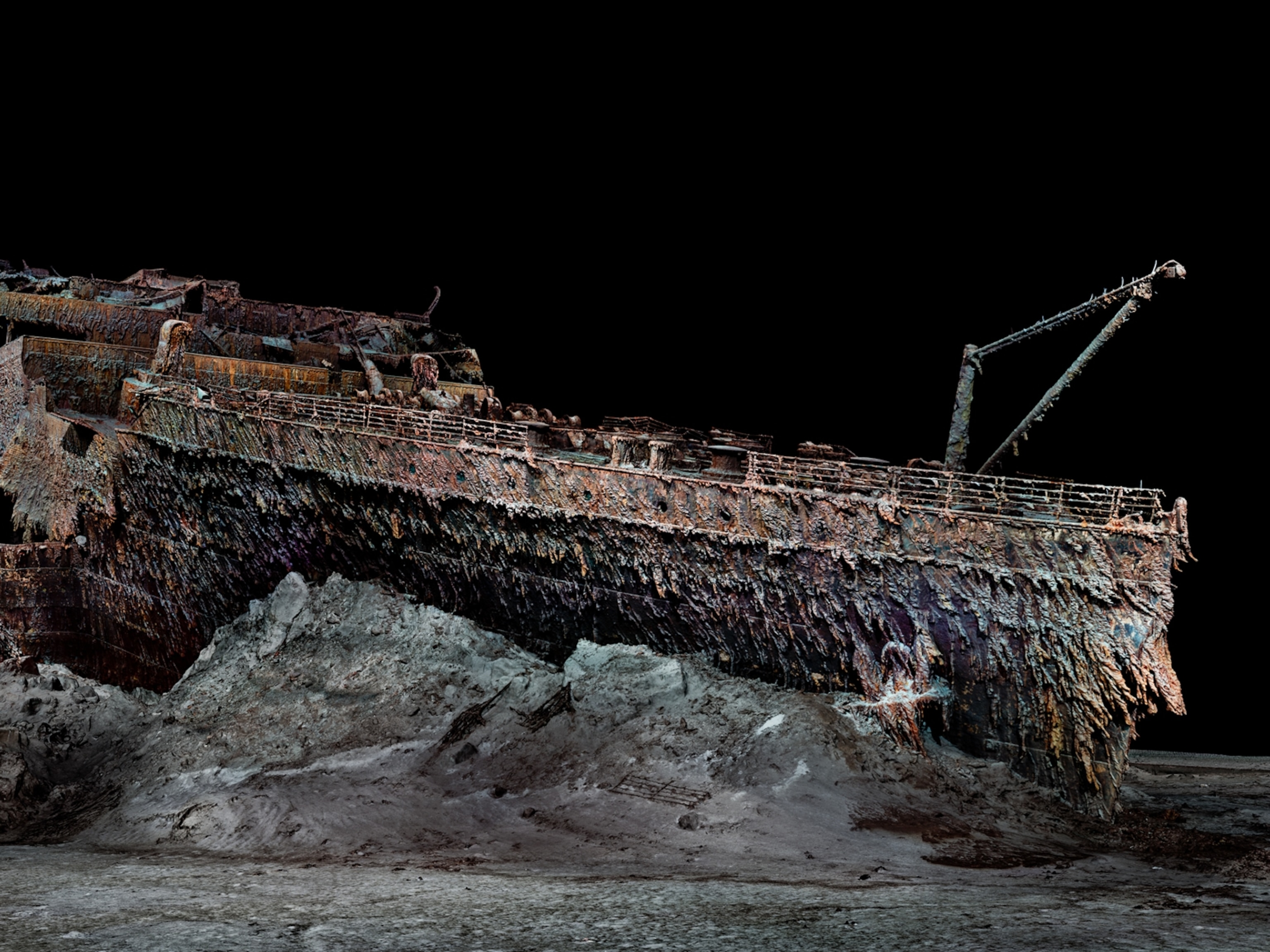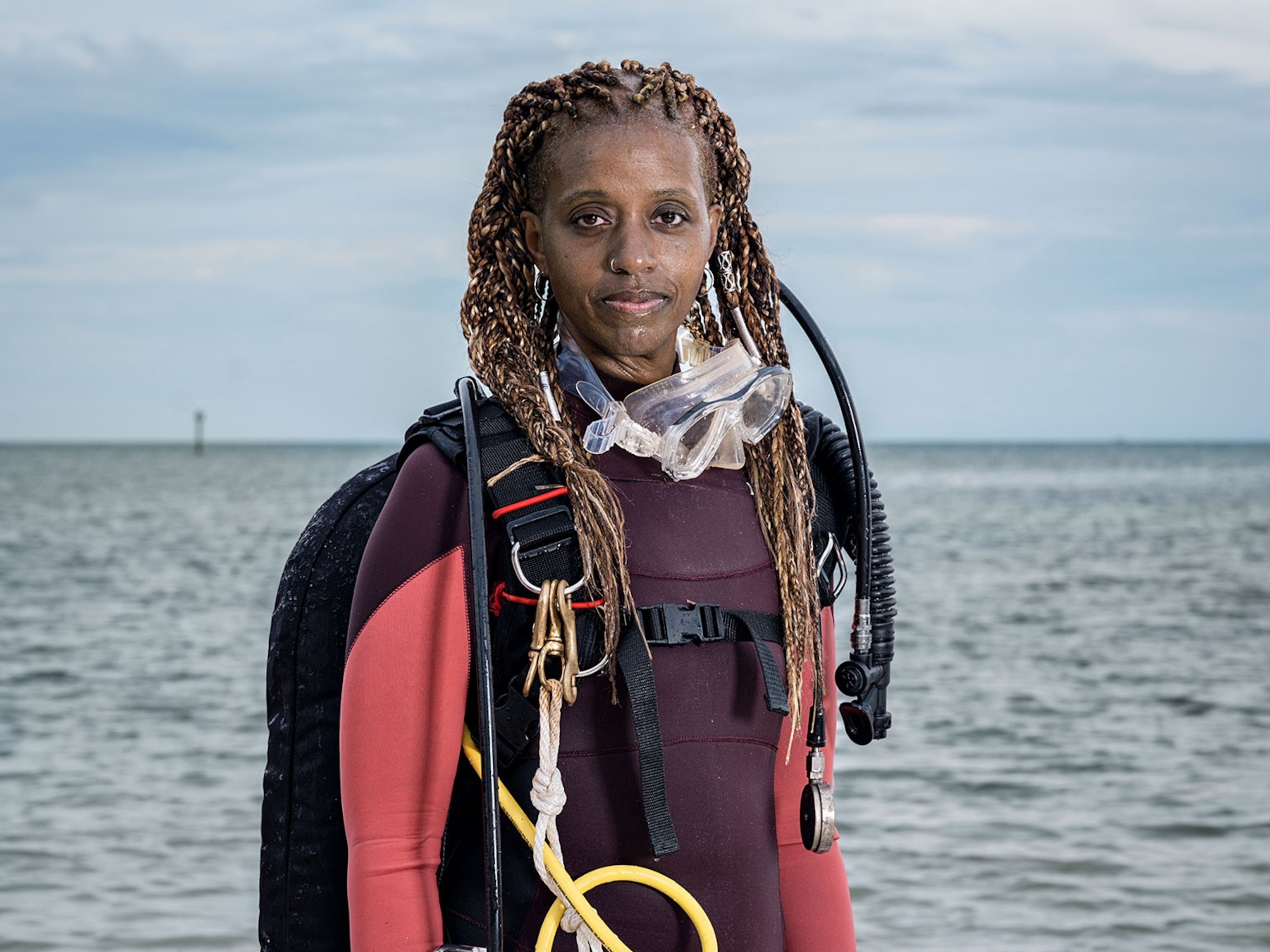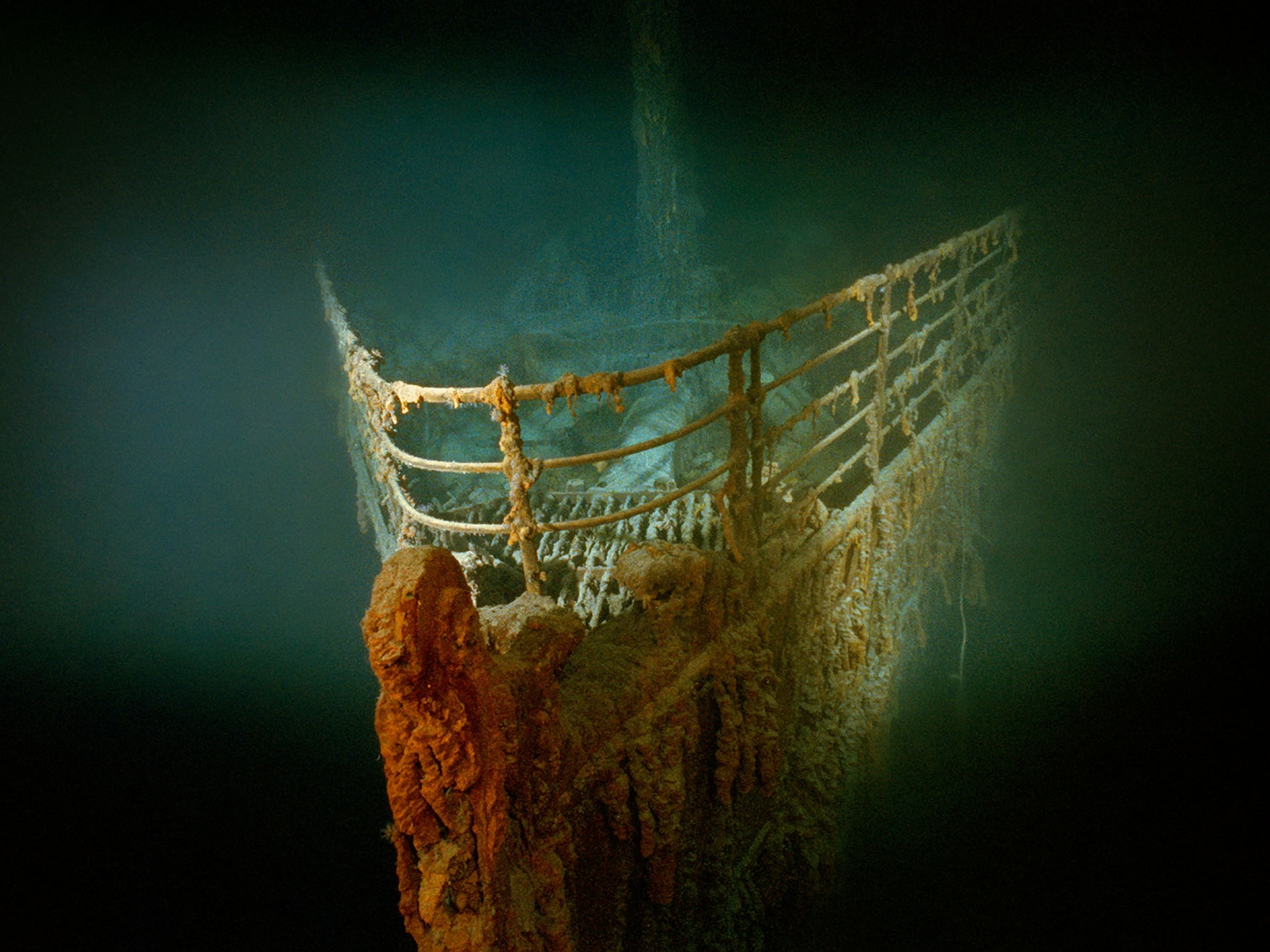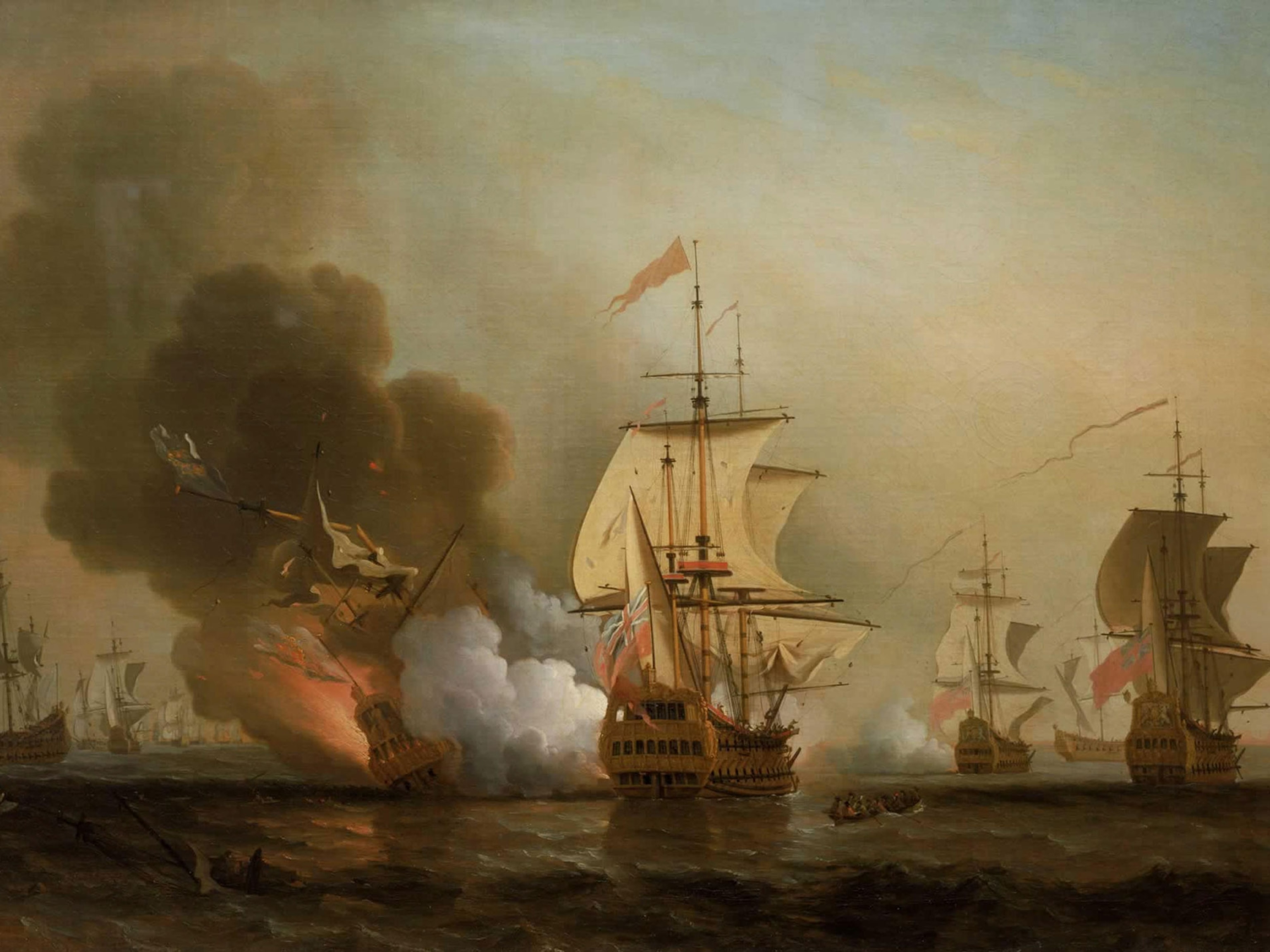How Microsoft billionaire found largest sunken battleship
High-tech tools, including an undersea "mountain goat," and years of research led to the discovery of the WWII-era Musashi in the Pacific.
After years of meticulous historical research and seafloor terrain analysis, it was an underwater "mountain goat" that ultimately found the wreck of one of history's most impressive battleships, the Musashi.
Researchers led by Microsoft co-founder Paul Allen, aboard Allen's motor yacht, the M.Y. Octopus, announced that they had located the imperial Japanese Navy battleship at a depth of approximately 3,280 feet (one kilometer) in Philippine waters on March 2, 2015. Japanese naval historian Kazushige Todaka confirmed its identification.
The 73,000-ton (66,224 metric tons) Musashi and sister ship Yamato were the largest battleships the world has ever known. Allied forces sunk the Musashi on October 24, 1944, during the Battle of Leyte Gulf, considered the largest naval battle of World War II and quite possibly the largest naval battle in history. Almost half of the Musashi's 2,399-man crew perished.
Work to determine the search area for the wreck began more than 11 years ago with an analysis of primary sources, which list four different sinking positions in the Sibuyan Sea: the "official" Japanese and U.S. Navy positions, one recorded in the log of a Japanese destroyer standing by to rescue the Musashi's crew, and a drawing by a Japanese survivor of the battle indicating where the ship sank in relation to Sibuyan Island.
By augmenting these accounts with dozens of other navigational clues, the team was able to identify an overall search area of 360 square nautical miles (477 square miles, or 1,236 square kilometers), according to David Mearns of Bluewater Recoveries, who assisted with research and determining the final search area.
Side-scan sonar, which can detect features or objects rising from the seafloor, is commonly used to identify potential shipwrecks. The sonar sensor is usually towed behind a survey vessel at a consistent depth, but an early attempt was hampered by long fishing lines entangling the sensor.
Allen's team then switched to a multibeam echosounder (MBES), which revealed the bathymetry of the search area and could also potentially detect sonar targets. (See how scientists map water depths.)
A 73,000-ton sinking ship is probably going to slide, right?Will O'Halloran, Bluefin Robotics
A large volcanic ridge dominated the search area, causing depths to vary between approximately 500 feet (150 meters) and 6,560 feet (2,000 meters) or more within a very small distance. This made both MBES and traditional towed side-scan sonar impractical, so Allen's team turned to their next technological solution: an autonomous underwater vehicle (AUV), which does not require tethering and can conduct a consistent sonar survey across large, deep areas of irregular terrain.
Even then, the search for the Musashi proved a challenge.
Underwater "Mountain Goat"
"Your baseline AUV is typically doing work in the oil and gas sector, like the Gulf of Mexico, for example. Usually pretty flat terrain with maybe some hills, but nothing really crazy," explains Will O'Halloran, marine operations manager of Bluefin Robotics, the company that worked with the search team to design and build the AUV to their specifications and supervised its operations.
But the extreme topography was also an advantage in the search, explains O'Halloran, who was not present during the AUV survey but has had communication with the team. Allen's team could zero in on specific areas to deploy the AUV by ruling out the higher elevations of the steep undersea slopes and focusing more on the "spill" areas at their base.
"It's reasonable to expect that something [as heavy as the Musashi] is not going to just sit on a peak," he observes. "A 73,000-ton sinking ship is probably going to slide, right?"
To ensure that nothing was missed, however, the autonomous vehicle was programmed to sweep the sonar sensor along the undersea slopes from top to bottom and back again. "[The AUV] was a little bit of a mountain goat," O'Halloran jokes. "It was stubborn and tenacious."
On average, each AUV dive lasted 24 hours and covered a maximum of 150 square miles (388 square kilometers), after which the vehicle returned to the Octopus. There the sonar data were downloaded and analyzed for anomalies that might indicate the presence of a shipwreck. The vessel's remotely operated vehicle, Octo ROV, then investigated promising anomalies with its high-definition camera.
It took only three AUV dives to locate the target that the Octo ROV subsequently confirmed as the wreckage of the Musashi. Since then, Allen has been tweeting images and videos of the Musashi captured by the Octo ROV, including footage of its enormous 36-by-20-foot (11-by-6-meter) main rudder.
Years of Work Lead to Fast Find
While it may sound like a quick success, O'Halloran emphasizes the years of effort it took for the research team to narrow down the search area.
"[Allen's team] had a really strong, sustained process of research that they used to derive where they would start searching, and you can really see that in the results, in how quickly they came up with the target," he says.
The Bluefin 12D AUV used in the discovery of the Musashi is very similar to a Bluefin AUV employed in the search for missing Malaysia Airlines Flight 370, which disappeared in March 2014. (Learn more about tools used to search for Flight 370.)
The M.Y. Octopus has served as the staging vessel for several scientific research projects, including the 2012 National Geographic DEEPSEA CHALLENGE expedition, which saw James Cameron make a record-breaking solo dive to the Mariana Trench. (Explore the DEEPSEA CHALLENGE expedition.)
In a statement, Allen, the son of a World War II veteran, said he hoped the discovery would not only help fill in significant gaps in our understanding of the Battle of Leyte Gulf, but also bring closure to the families of those lost in the battle.
A former Musashi crew member, who recognized the vessel from the images and videos that Allen is sending around the world, agrees, telling the Associated Press that it is as if the 1,023 men who went down with the battleship were asking to be remembered on the 70th anniversary of its sinking.


